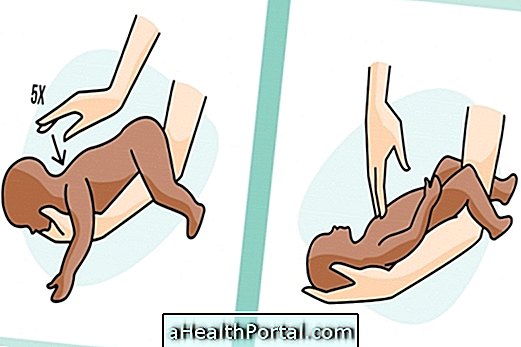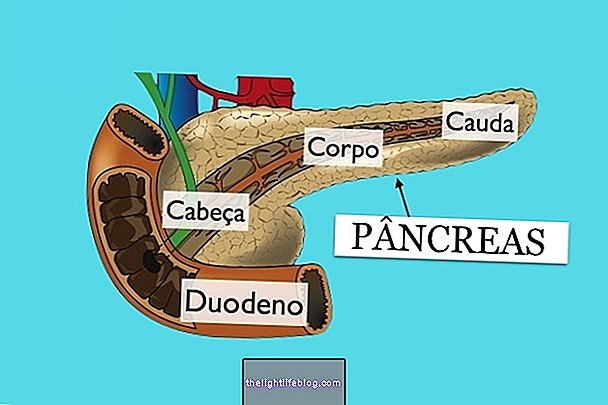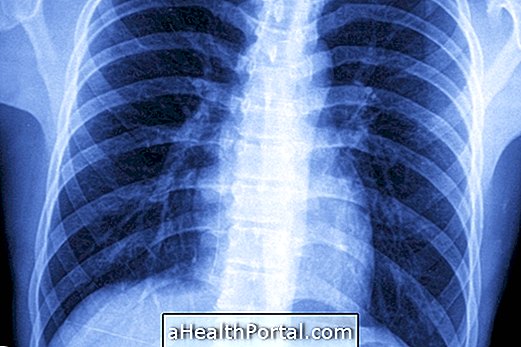Dislocation occurs when the bones that form a joint leave its natural position due to a strong blow, for example, causing severe pain at the site, swelling and difficulty in moving the joint.
When this happens it is recommended that:
- Do not force the affected limb, nor try to move it;
- Make a sling to prevent the joint from moving, using fabric, a band or a belt, for example;
- Apply an ice pack to the affected joint;
- Call an ambulance, call 192, or go to the ER.
Dislocations are very common in children and can happen anywhere, especially the shoulder, elbow, finger, knee, ankle and foot.
When a joint is dislocated one should never try to put it back in place, because if it is poorly performed it can cause serious injuries to the peripheral nervous system, causing even more pain and disability.

How to Identify a Dislocation
The dislocation can be confirmed when these 4 signals exist:
- Very strong joint pain;
- Difficulty in moving the affected limb;
- Swelling or purple spots on the joint;
- Deformation of the affected limb.
Depending on the type of stroke and intensity, dislocation may also occur with a bone fracture. In this case, you should also avoid correcting the fracture, and it is advisable to go quickly to the emergency room.
See how the main types of dislocations in the hospital are treated.
How to avoid a dislocation
The best way to avoid dislocation is to use the recommended safety equipment for hazardous activities. For example, in the case of high impact sports, it is advisable to always use knee and elbow guards or protective gloves.
In the case of children, you should also avoid pulling them by the arms, hands, legs or feet, as it can cause excessive force in the joint, which causes a dislocation.





















